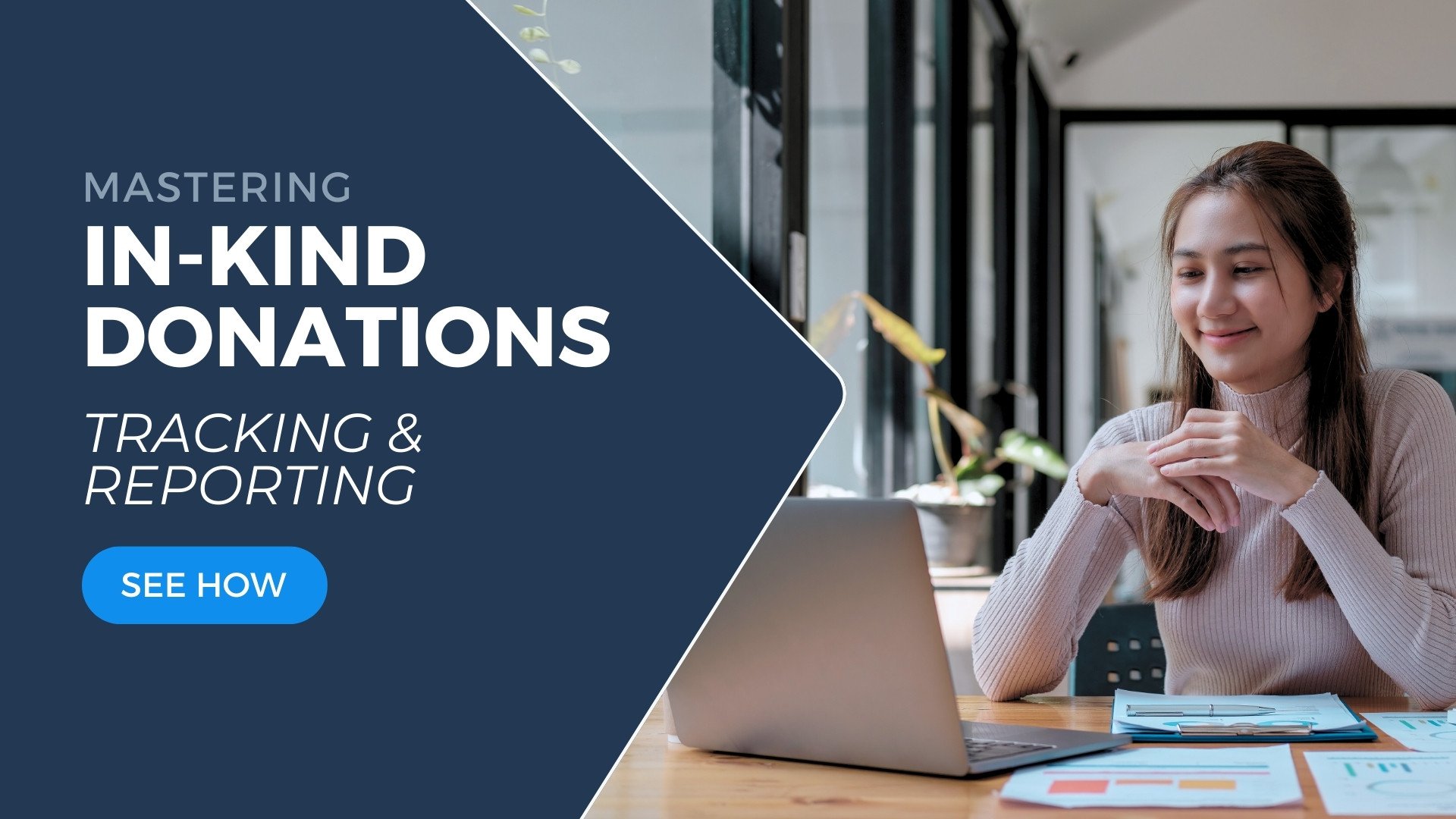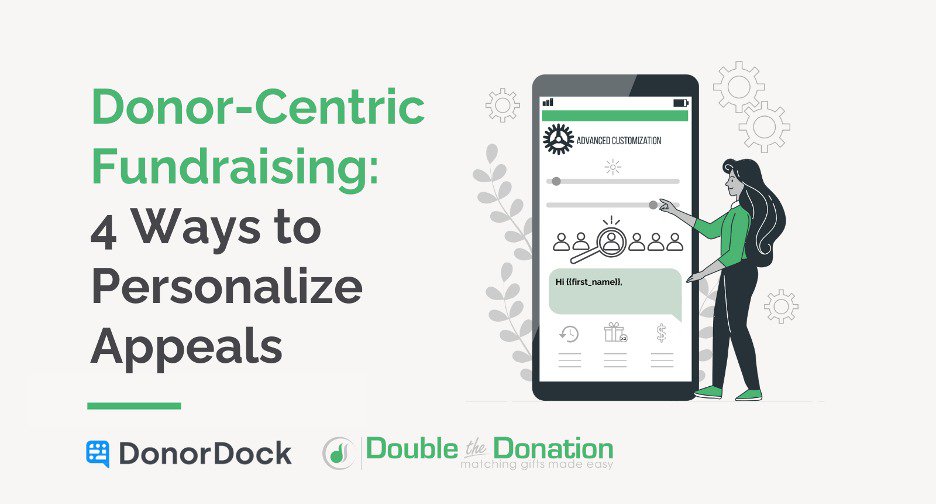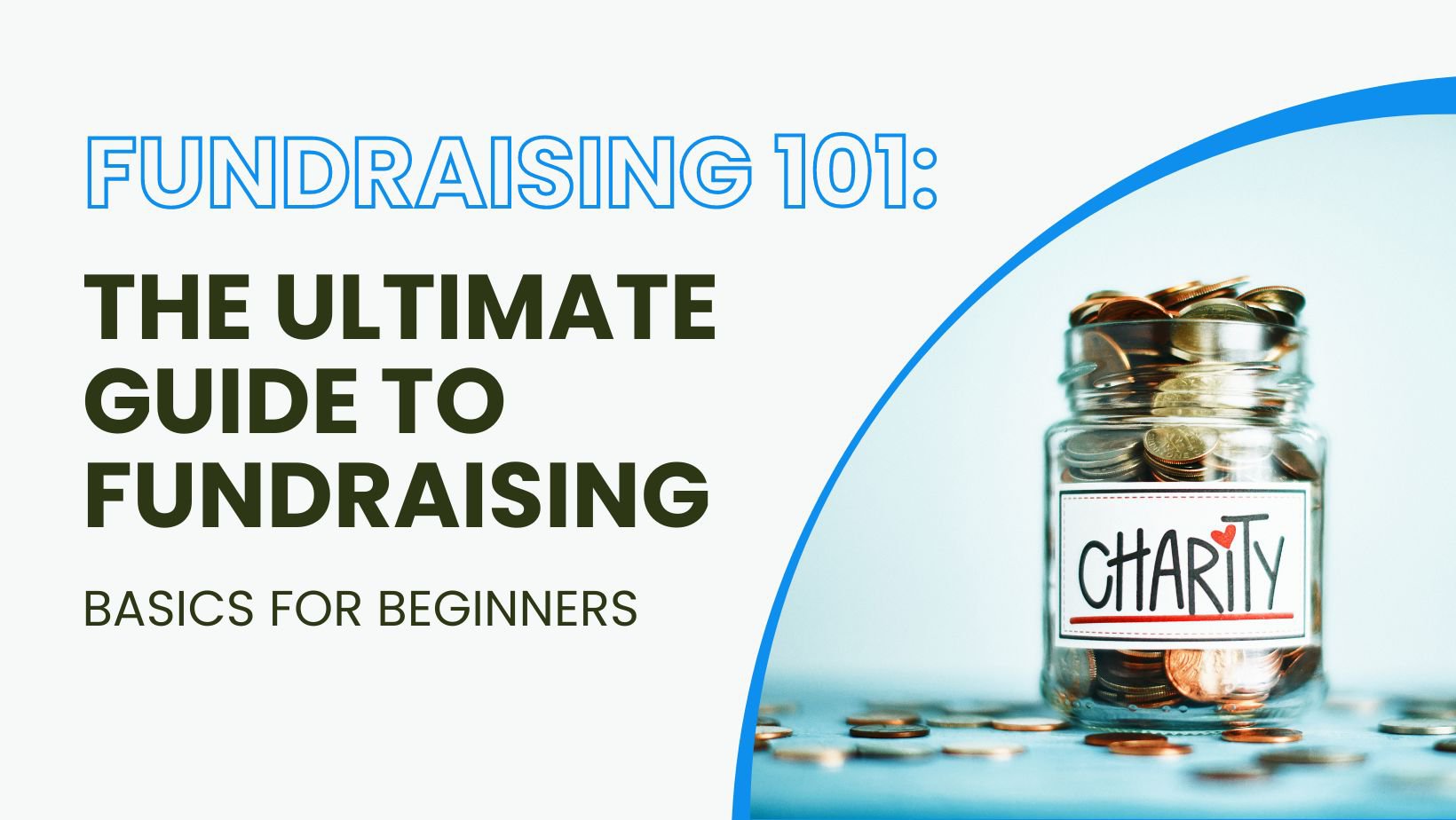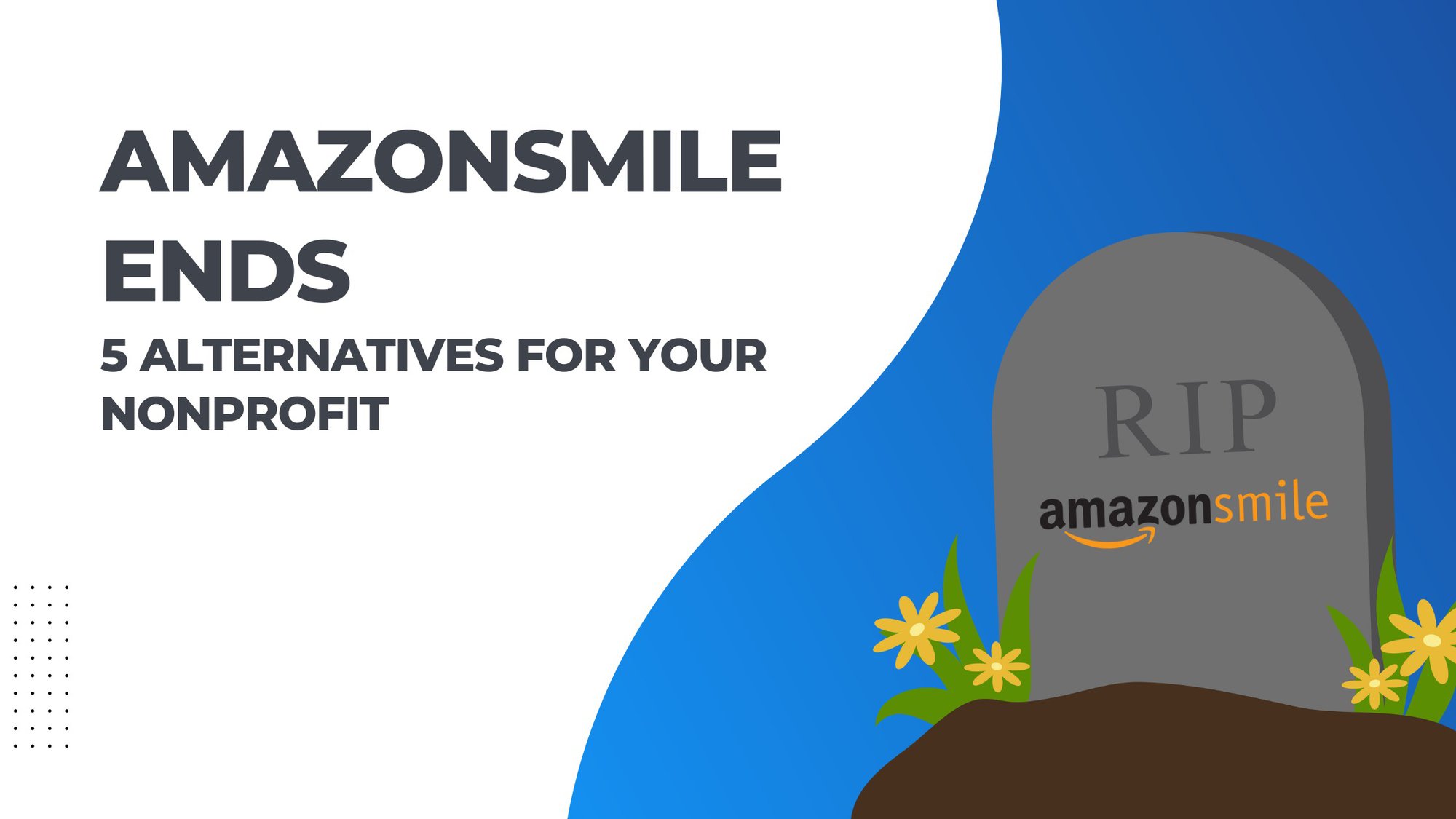Raising money for furry, feathered, or leafy friends has unique challenges. Many donors connect more readily with human-centered charities. It’s easier to relate to the needs of your neighbor and want to help tangibly. But it is more challenging to connect with an organization focused on something more removed from your life.
This means organizations focused on nonhuman philanthropy often have to paddle upstream just to get noticed. The trick is showing how these causes are not just nice-to-haves but vital cogs in our global ecosystem. (For instance, saving habitats could mean preserving our future pharmacies; many medicines come from wild plants.)
Let’s look at key strategies to help your nonprofit attract new donors and retain those who are already giving.
Storytelling as a solution in nonhuman philanthropy
A compelling story can make someone open their heart—and their wallet—to support causes they hadn’t thought much about before. Stories create bridges between donors and distant rainforests or endangered species they may never see firsthand. Storytelling plays an important role in nonhuman philanthropy because it turns abstract stats into something tangible a donor can connect with.

For an organization like an animal shelter, storytelling might come more naturally. Often the ideal donor is someone who is a pet owner. So, picking individual stories of animals in need easily resonates with donors.
“If you start talking about large issues it's so complex and large scale. So instead of talking about the millions or thousands of dogs in shelters across the country, talk about one.”
-Kat Lacefield on Beyond the Donation episode 24
Storytelling for environmental causes
This type of individual storytelling is more difficult when it comes to environmental and megafauna causes. Telling the individual story of a rock, river, or tree is not going to connect with audiences. Often people need a reason to care that connects to them personally. They need to see how the story will impact their lives or the lives of people that they care about. Storytelling for nonhuman philanthropy requires creativity.
As a fundraiser, you need to take the donor on a journey of nostalgia. Reminding a donor of the time they spent in nature as a child helps move their heart to care about what is happening to natural spaces today. Those beautiful stories from childhood remind us of what is at stake. People want to protect what was good from their lives and preserve it for the future.
“Usually what you have to do to is connect on the emotional level. Trying to get people to realize when they themselves have appreciated a river. A lot of nostalgia stories can come up about how we feel when we go out and spend time in nature. That calming sensation of hearing the river flow by. So, it's using the human component and the human experience to share why we want to protect these environmental and external spaces."”
-Kat Lacefield on Beyond the Donation episode 24
Ultimately, it is important to tie the story back to humanity. We need to see how the story of nature and the environment connects to us as human beings.
Storytelling for nonmammals
If your nonprofit focuses on adorable animals, storytelling will likely come more naturally. When storytelling about less cute animals or insects, it requires creativity. Cute mammals are more similar to us, so it’s easier to care about them and their needs. But it’s harder to connect with the needs of a fish or insect.

This is where telling the story of the ecosystem as a whole comes into play. Help donors understand how a specific animal or insect plays a role in the ecosystem as a whole. How does a species of animal impact the world from a systemic level?
For example: frogs play a vital role in reducing insect populations, while also providing a source of food for herons, owls, and cranes. We, as humans, are positively impacted by a reduction in insects. And even if some people don’t appreciate frogs, they can often appreciate the beauty of these beautiful birds.
We will feel more of a connection to any animal that is similar to us. When you think about fish, it's harder to connect with them. So that's when we'll talk more about the importance from a systemic level. It’s part of an entire system that will help everything. And then you understand the connection.
-Kate Lacefield on Beyond the Donation episode 24
Strategies for donor retention in nonhuman philanthropy
Creating platforms for donor narratives
To amplify impact, we've got to let donors share their why. It’s like opening up stage night at your favorite café but for philanthropists. They get the mic and boom—personal tales that highlight their love for furry friends or forests become powerful catalysts for change.
Segment your active donors and send an email campaign for donors who have consistently given to your nonprofit. Ask them to share their “why.” Share videos, pictures, and quotes directly from donors. And invite them to share on their social media channels.
A donor shares how adopting a rescue dog sparked her mission to support animal shelters—and suddenly you have a story and an ambassador rallying more troops to your cause.
Building deep relationships with donors
You already know keeping donors on board is crucial. But did you know it’s also less expensive than finding new ones? Donor retention is all about building deep, lasting relationships.
To get there, listen to what supporters are saying and engage with them beyond the donation page. Send out surveys or invite feedback after events. This shows donors they're more than just a wallet to you; they’re part of the mission.
Show donors appreciation, too. A heartfelt thank-you can go miles in making someone feel valued. Remember, when contributors know their gifts matter, retention rates soar.
“The Montreal SPCA had a new sterilization clinic that they wanted to fund. It was a two hundred fifty thousand dollar project. They did a mailing campaign, and they got one donation of $250, 000 from a woman.
Their return on investment was amazing because of that one donor, but everything else had failed. And when the person was interviewed, she said, “Well, I've been giving for many years to this organization. I've been giving about $500 a year.” So every year she received a handwritten Christmas card for her donation saying thank you.
In her opinion, an organization that will take the time to write a handwritten letter and say thank you is an organization that pays attention to details and relationships. And that's an organization that she will trust to take care of the sterilization clinic. Doesn't that tell you the importance of building relationships with your donors, even if they are only what we consider a smaller gift? The impact in the long term that can have on the capacity of your donors to give can have tremendous results.”
-Kat Lacefield on Beyond the Donation episode 24
Prioritizing donor engagement efforts with donor segmentation
Personalized communication works wonders for donor loyalty. So grab that megaphone and shout out their impact. Not literally though – use donor segmentation to tailor those messages so each donor feels like the star of their own philanthropic story.

Segment by donation size
The size of a donation can tell you more than just how many zeros are on the check. It hints at how passionate donors are about your cause. Bigger gifts often mean bigger commitment but don't forget those who give smaller amounts regularly—they're your ride-or-die supporters. Segmenting based on donation size is about more than just the last gift they gave. You also need to consider the amount given over their lifetime as a donor.
Segmenting by frequency
This is when you need to think about segmenting by donation frequency. You may have one donor who gave a one-time gift of $10,000. You want to reach out and thank them for this larger gift. However, a donor who consistently gives a $100 donation every month is making a big impact in terms of sustainability for your nonprofit.
Segmenting by recency
It’s also important to think about when a donor last gave when reaching out to them. Did that $10,000 gift come in 5 years ago? Has that donor engaged since? What life circumstances have changed for them? Did they give it as an honorarium gift?
If you haven’t engaged with a donor in a while, reach out to them first to connect. Ask if their email or phone number is still correct. Ask if they’d like to hear updates from your organization. Give them a call and ask how they’ve been doing. It’s important to build up the relationship before jumping to an ask.
But it's hard to segment effectively if you don't know their history. Using a Nonprofit CRM to track your donor's activities and send segmented texts and emails is paramount to growing your donor base.
To engage these different groups effectively, think like Goldilocks—find that 'just right' strategy for each segment based on their giving levels.
Conclusion
So, we journeyed through the world of non-human philanthropy. We uncovered its heart, where our own well-being is woven with that of animals and environments.
We discussed how personalized connections, heartfelt thanks, and meaningful stories build deeper relationships with donors. These are the ties that bind them to causes they care about.
Remember how stories spark action? We saw this in play as donor tales became fuel for future giving.
To cap it off: remember engagement matters; personalize your approach and watch support grow. It’s practical steps like these that turn passion into progress—for us all.
Are you using a donor development platform that helps your nonprofit cultivate better donor relationships? Tell better stories and nurture meaningful connections with DonorDock, a nonprofit CRM designed with small nonprofits in mind. Get started for free today














